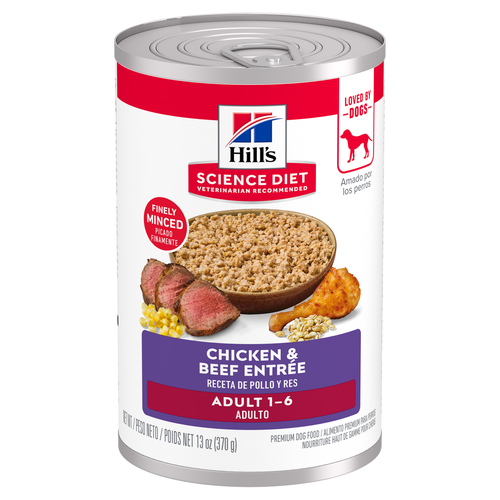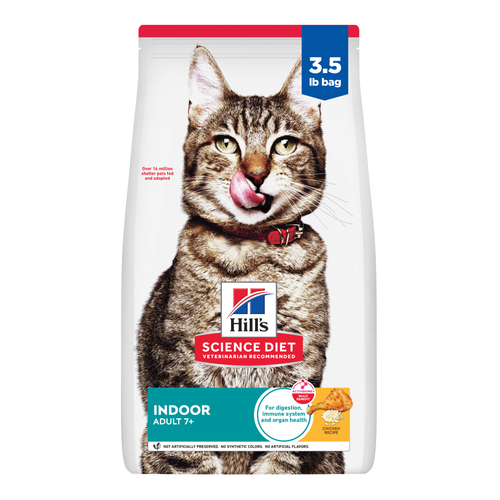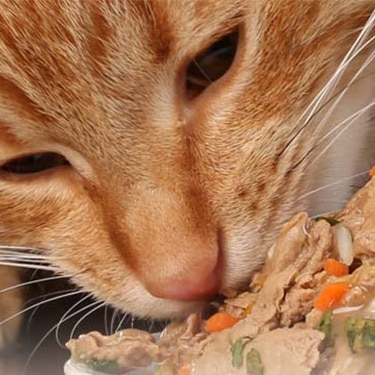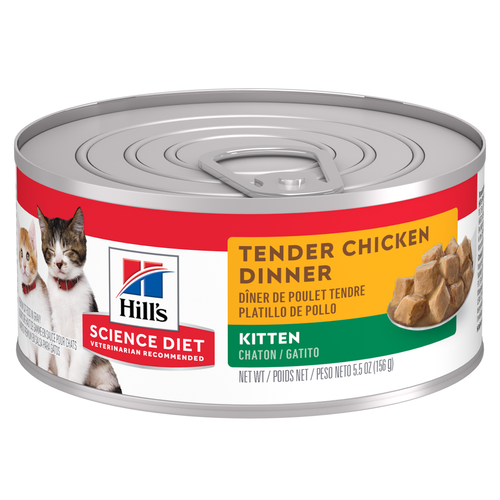

If you've spotted white flecks in your cat's coat lately, you might have some questions about how it got there and how to handle it. While dandruff in humans is typically straightforward and limited to pesky flakes, a range of conditions can cause cat dandruff, from mild concerns like lack of proper grooming to more serious ones, such as skin conditions, fleas and even some types of cancer.
A small amount of dandruff is often considered harmless in cats, but it's always a good idea to take your cat to the veterinarian to determine the cause and get your kitty the appropriate treatment. Here's what you should know about cat dandruff so you can make an informed choice about your feline friend's health.
What Is Cat Dandruff?
Cat dandruff refers to the visible buildup of dead skin cells, appearing as flakes on their fur. Its appearance may be more pronounced depending on the color of your cat's coat, with white and lighter coats camouflaging the white-to-gray flakes more successfully.
Cats of any age, sex or breed can experience dandruff. While dry air in the cold winter months may increase the likelihood of flakes, dandruff can also be associated with greasy, matted or generally unkempt coats in cats and may occur year round.
Cat Dandruff vs. Cat Dander
It's worth nothing that cat dandruff is different from cat dander. Cat dander refers to dead skin cells naturally shed by your cat as part of their normal, healthy shedding process. Unlike dandruff, these skin flakes are microscopic — so you wouldn't be able to see them on your cat's fur. Additionally, dander isn't associated with any underlying skin issues or other conditions.
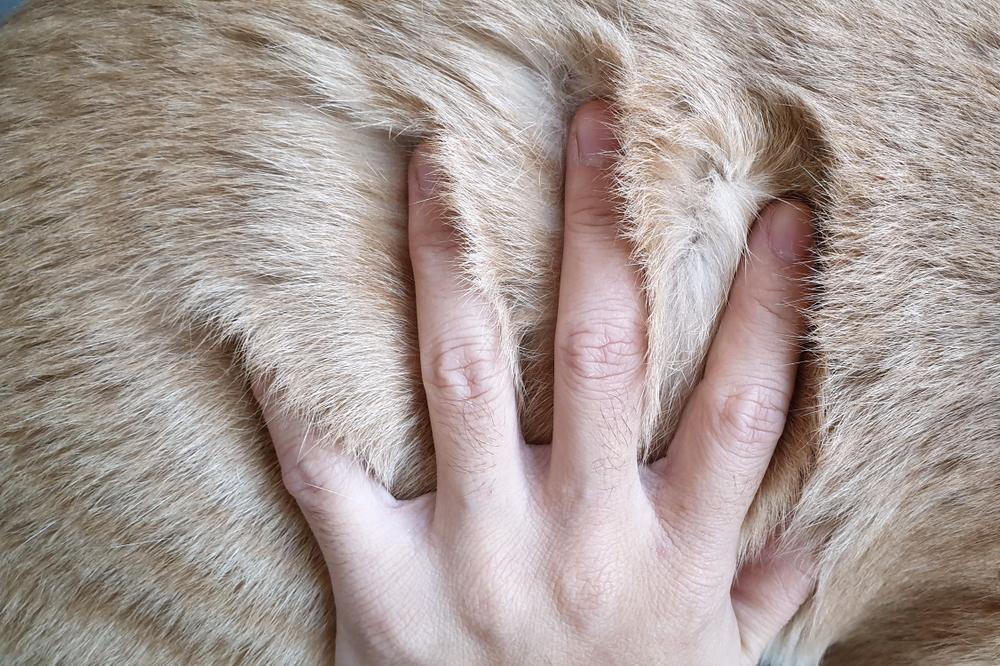
What Are the Signs of Cat Dandruff?
Most people associate dandruff with white, tan or cream-colored flakes, which is often the most obvious sign in cats. Signs not associated with simple cases of dandruff in cats may indicate an underlying disease, including but not limited to:
Excessive scratching
Inactivity (due to joint disease and associated pain)
Thinning or thickening of the skin
Scaling or crusting on the skin
Pustules or skin lesions
Skin redness
Hair loss
Presence of fleas or "flea dirt"
Increased thirst and/or urination
Decreased or increased appetite
Vomiting and/or diarrhea
Any of these signs call for a medical workup at your vet's office.
Cat Dandruff Causes
Some cats will have a small amount of dandruff despite the best grooming and nutrition. For these cats, a little dandruff can be normal and is often no more than a superficial nuisance. There are, however, a number of diseases that can be associated with dandruff and flaky skin in cats. Some of the more common or noteworthy cat dandruff causes include:
Undercoat buildup (dirt, dead skin cells and loose hair)
Skin infection caused by bacteria or fungus, such a dermatitis or ringworm
Fleas, ticks and/or other external parasites
Obesity
Malnutrition
Kidney disease
Hyperthyroidism
Allergies
Certain skin cancers
Immune system diseases
Note to multi-pet parents: Several of these conditions can also cause dandruff in dogs.
When to Seek Veterinary Care
Your cat's skin and coat are two of the most obvious signs of their overall health. While a cat can have a few flakes of dandruff and be perfectly healthy, if you're noticing more than just a few flakes here and there, take note. If your cat is scratching excessively or acting abnormally in any other way — or if others in your household have noticeable skin lesions — it's time to seek veterinary care.
Your vet may want to perform a skin test along with basic lab work, such as a blood cell count and a biochemistry panel to evaluate organ health. They may also recommend other tests depending upon your cat's unique history and physical exam findings.
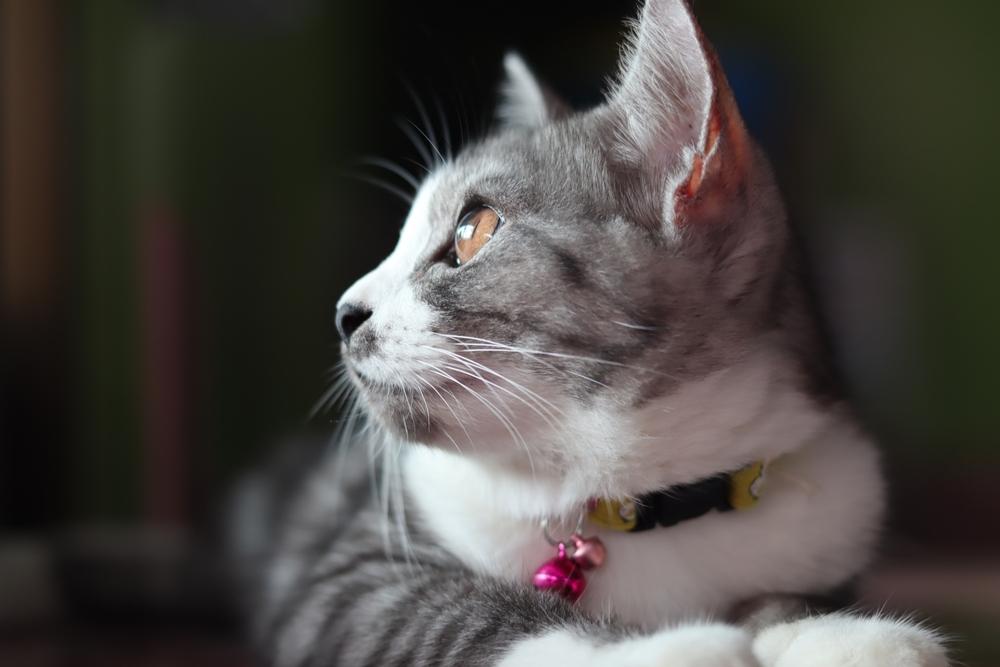
How to Manage Cat Dandruff
If your vet rules out underlying disease processes as the cause of your cat's dandruff, the most important steps you can take to improving their condition are grooming, complete and balanced nutrition, and routine flea and tick prevention. Establishing a routine of daily brushing helps distribute the oils in your cat's coat and prevent undercoat buildup. (Long-haired cats may need brushing twice daily.)
Your cat's food also plays an important role in skin health. Their skin isn't only their largest organ — it also serves as the front line of defense in protecting your cat from their external environment. Additionally, growing evidence points to a strong connection between gut health and skin health. A cat food that includes antioxidants and essential fatty acids, such as omega-3 and omega-6, along with probiotics and prebiotics, can help maintain a healthy skin and coat and a healthy gut microbiome.
Finally, make sure you don't skip on flea and tick control, even if your kitty lives strictly indoors. While most cats don't need regular shampooing like dogs do, staying on top of your cat's flea and tick control will go a long way toward preventing itchy, flaky skin — and save everyone the trouble associated with an ectoparasite outbreak.
Getting a Handle on Dandruff in Cats
Dandruff in cats is usually benign when the condition is limited to a few white flakes. Excessive dandruff or dandruff that involves scabs, scaling, redness, scratching or any other physical signs warrants a vet visit and medical workup. Since many diseases affect your cat's skin and can result in dandruff, diagnosing and treating any underlying conditions is essential to clearing up your cat's flakes.
Brushing your cat daily, feeding them a complete and balanced food formulated with antioxidants, essential fatty acids and prebiotic fiber, and routinely using flea and tick prevention are all key to keeping your cat's skin and coat healthy and dandruff-free. If you have any questions about the best nutrition or care for your cat, reach out to your vet for support.


